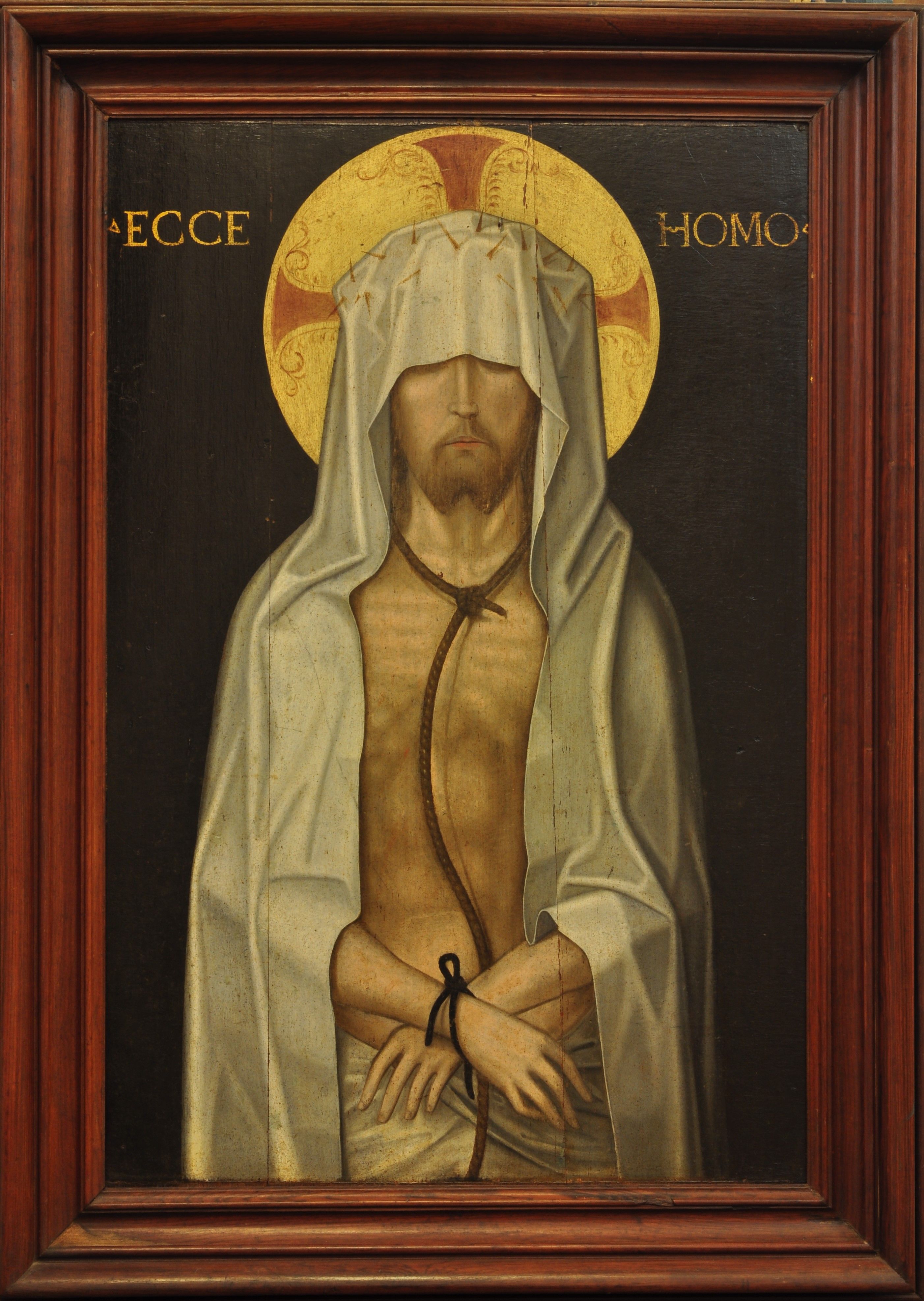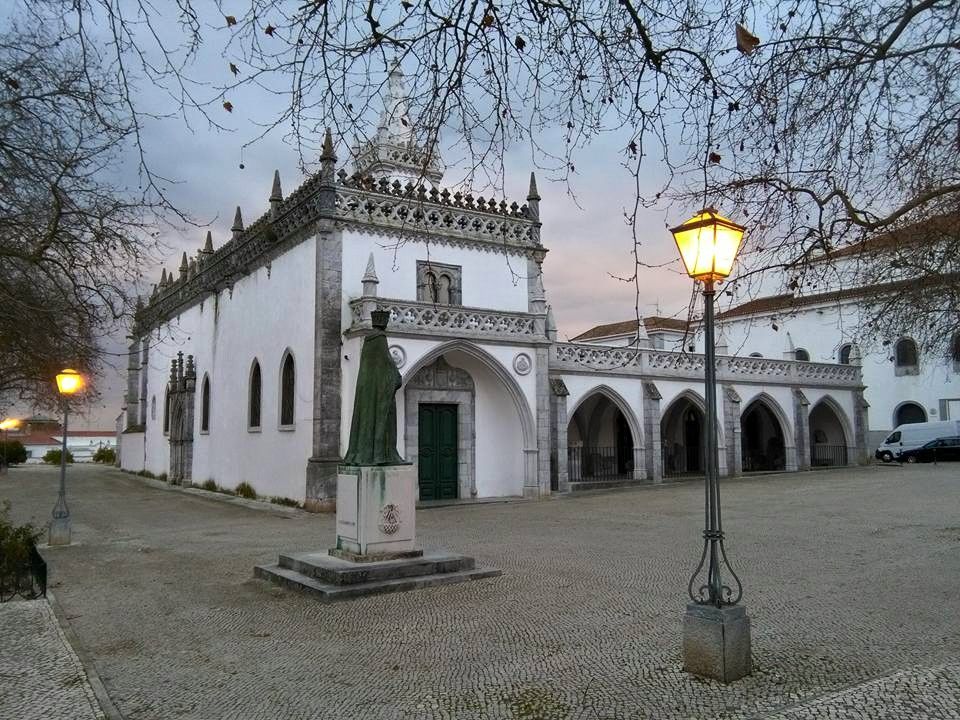The Queen Leonor Museum, formerly the Regional Museum of Beja, is housed in the former Convent of the Conception. The Queen Leonor Museum stands out for the variety and quality of its collections, covering thematic areas such as sculpture, painting, goldsmithery, glazed tiles, decorative arts, metrology, ethnography, and archaeology, with emphasis on the territory of Baixo Alentejo province.
The Beja Regional Museum was created by decree dated December 1917, which determined that it would be housed in the old Convent of the Conception and would integrate, as its first collection, the assets of the extinct Asylum of the city, and all the artistic and archaeological collections of the "Municipal Archaeological Museum". But it opened to the public only on October 5, 1927, after the works of adapting the building and organising the collections were completed.
Established under the name "Royal Monastery of the Conception" in the second half of the 15th century, by Prince D. Fernando and Princess D. Brites, parents of D. Leonor and D. Manuel I, this convent enjoyed royal protection and became one of the richest and most sumptuous in the kingdom.
The building retains some elements characteristic of or influenced by the late Gothic period in Portugal, namely, the flamboyant-gothic portal of the church, the double-arched windows, typically Mudéjar, or the carved platbands. But we also find traces of the transition to the Manueline style period.
At the end of the 19th century, to rearrange and reorganise the centre of the city of Beja, a large part of the old convent was demolished and from the original building only the Church, the Cloister and the Chapter Room remain. This trend of supposed urban modernization, inspired by the ideas of Georges-Eugène Haussmann, was not exclusive to Beja and happened all over Europe.
The convent itself, classified as a National Monument since 1922, is worth a visit to admire the outer and inner areas of the building. It is worth mentioning the impressive baroque decoration of the church, the luminosity of the cloister with its glazed tiles, the Chapter Room's sixteenth-century nature, or the "Mariana Alcoforado Window", a nun who became popular after the publication of her work "Cartas Portuguesas" (Portuguese Letters) in France in the 17th century.

